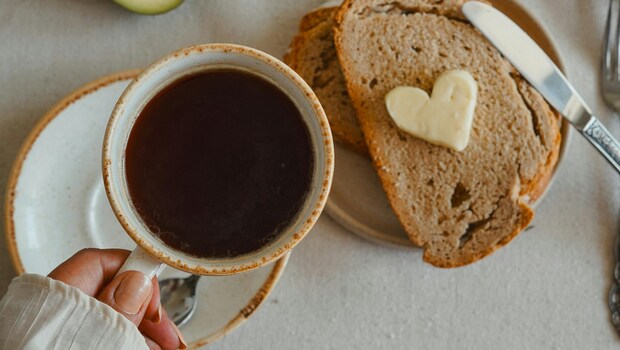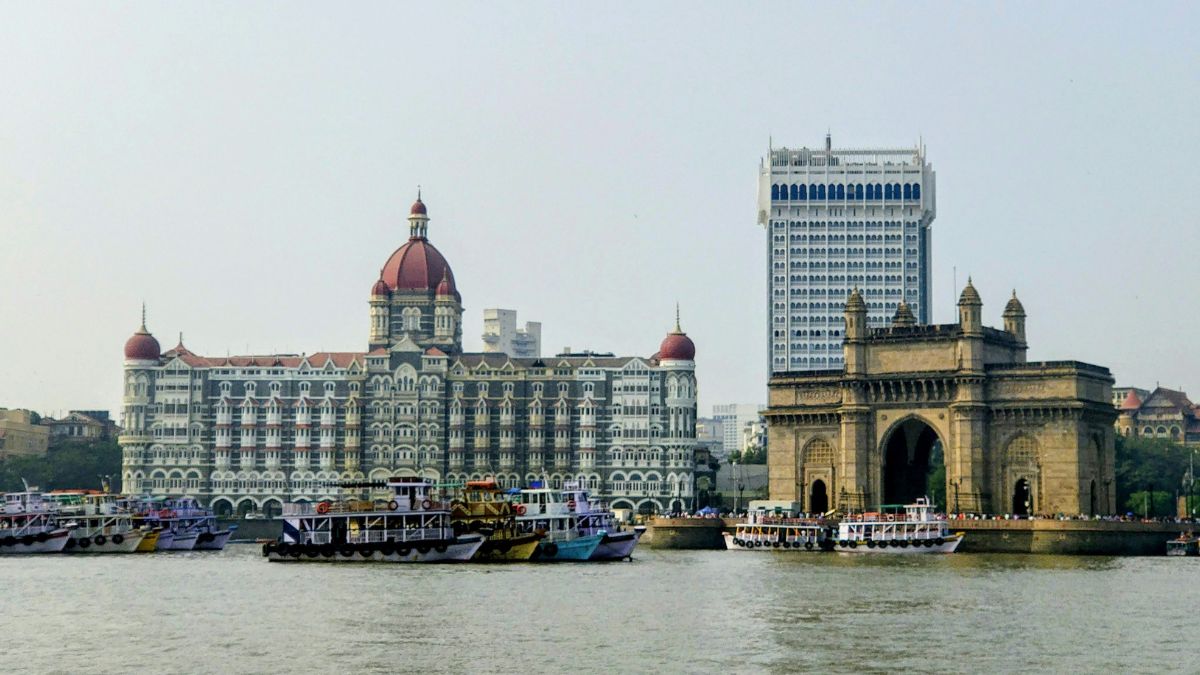From the bustling tea stalls of Kolkata to the serene tea gardens of Japan, tea is one of the world's most beloved beverages. It transcends borders, climates, and cultures. Whether it is the comforting clink of English breakfast tea in fine bone china, the sharp zest of Moroccan mint tea, or our very own masala chai, every region has brewed its own version of this timeless drink, shaped by local ingredients and lifestyles. In China, tea is meditative. In India, it is practically a religion. And high up in the wind-chilled mountains of the Himalayas, tea takes on a very different, and rather surprising, form.
Meet Tibetan Butter Tea, or as the locals call it: Po Cha. It is a savoury, creamy concoction made by churning strong black tea with yak butter and salt. Unusual? Absolutely. But in the bone-chilling cold of Tibet, this soul-warming brew is more than just a drink. It is practically survival in a cup.
Also Read: The History Behind White Tea, And Why It Is A Great Health Companion
What Makes Tibetan Butter Tea So Unique?
Unlike the sweet or masala teas most of us are familiar with, butter tea is thick, salty, and rich - more like a nourishing broth than a typical beverage. It is made by blending:
- Strong black tea leaves
- Butter (traditionally from yak milk)
- A pinch of salt
This hearty mix is churned until frothy, resulting in a drink that is warming, hydrating, and energising.
But beyond its ingredients, what truly sets butter tea apart is its cultural significance. In Tibet, it is a symbol of hospitality and community. Cups are constantly refilled as a gesture of warmth and respect, especially in monasteries and homes.
Also Read: Puerh Tea: This Is China's Best Kept Secret For Weight Loss

Photo Credit: Pexels
A Brief History Of Tibetan Butter Tea:
According to webarchive.org, the origins of butter tea date back to the 7th century, during China's Tang Dynasty. Legend has it that a Chinese princess married the king of Tibet, forging a powerful political and cultural alliance. Soon after, trade routes were established, bringing Chinese tea into Tibet.
Tibetans, already accustomed to using yak butter in daily life, began adding it to their tea. The result? A rich, salty, and energising drink perfectly suited to the region's harsh climate.
As the tradition spread across the Himalayas, different communities developed their own versions. The Sherpas of Nepal, for instance, created a variation known as Sherpa tea, reflecting local tastes while preserving the essence of the original.
Also Read: Tea Leaves Or Tea Bags: Which One's A Healthier Option?
Health Benefits Of Tibetan Butter Tea:
1. Boosts Energy Levels:
The caffeine from black tea and fats from yak butter provide long-lasting energy, ideal for high-altitude living or trekking.
2. Supports Brain Health:
Antioxidants in the tea help fight oxidative stress, potentially improving focus and cognitive function.
3. Aids Digestion:
The butter acts as a natural digestive aid, soothing the stomach and easing digestion.
4. Combats Dehydration:
The salt and fat content help the body retain moisture in dry, cold climates.
5. Moisturises Skin:
The healthy fats in yak butter nourish the skin, keeping it supple and hydrated.
6. Provides Essential Calories:
In the Himalayas, where food can be scarce and temperatures extreme, butter tea offers a quick, warming source of calories.
How To Make Tibetan Butter Tea At Home:
Ingredients:
- 2 cups water
- 1 tbsp black tea leaves
- 2 tbsp unsalted butter (yak butter if available)
- A pinch of salt
- Milk (optional, for a creamier version)
Method:
- Boil the water and steep the tea leaves for 5-10 minutes.
- Strain the tea and pour it into a blender.
- Add butter and salt.
- Blend for 30 seconds until frothy.
- Serve hot and sip slowly.
Also Read: Here Are 5 Reasons Why Lemon Tea Should Be A Part Of Your Diet
Tibetan Butter Tea: A Taste Of Tradition And Resilience:
Tibetan butter tea may not be everyone's cup of tea at first sip. But it is a drink steeped in history, culture, and purpose. It reflects the resilience of the people who created it and the environment that shaped it. Whether you are exploring Himalayan traditions or simply curious about global tea cultures, Po Cha offers a warm, nourishing glimpse into life in the Himalayas.
About Somdatta SahaExplorer- this is what Somdatta likes to call herself. Be it in terms of food, people or places, all she craves for is to know the unknown. A simple aglio olio pasta or daal-chawal and a good movie can make her day.






